Life in Ten Years: Tesla’s Robot Riding XPeng’s Machine Horse Alongside Xiaomi’s Robot Dog on the Road
This is a joke made by a Zhihu netizen named “Wu Ri San Xing Wu Shen” after XPeng released its intelligent machine horse.
On September 7th, XPeng Motors officially announced the new member of its ecosystems, Shenzhen Pengxing Intelligent Research Co., Ltd., and launched the first intelligent bionic quadruped robot, Xiaobailong, the world’s first ridable intelligent machine horse.
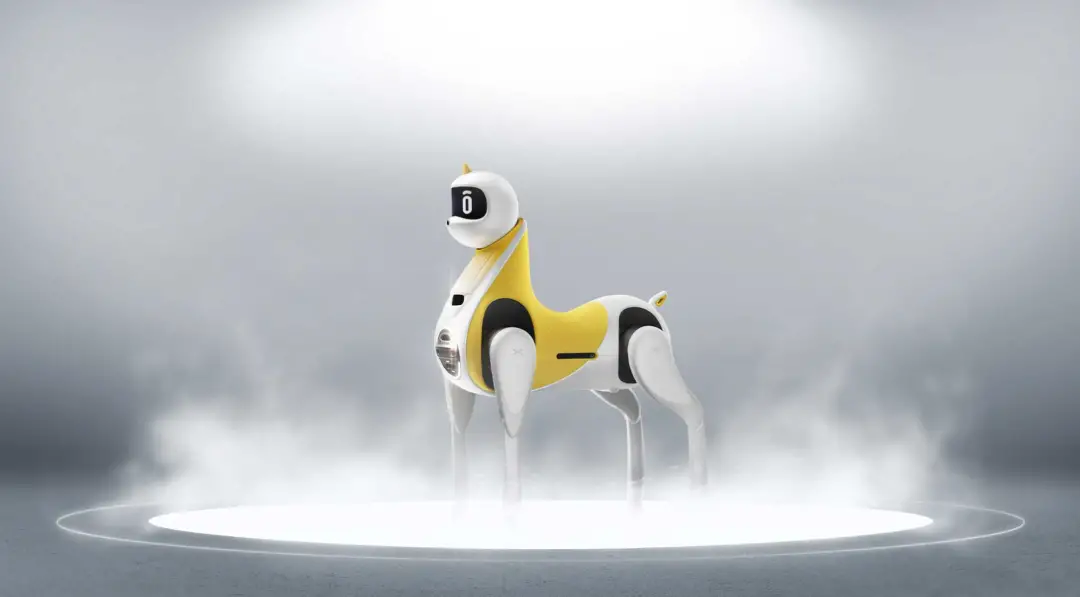
At Tesla’s AI Day on August 20th, Elon Musk brought the bionic robot Tesla Bot. Xiaomi, which announced its entry into the car manufacturing business, also launched a four-legged bionic robot named “Iron Egg” CyberDog on August 10th.
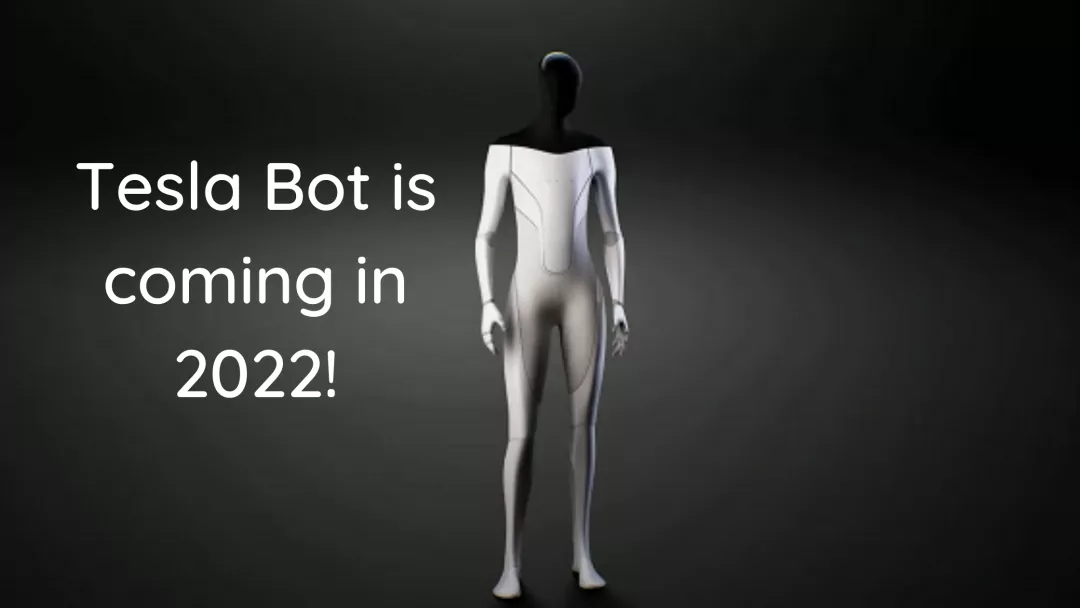
Traditional car industry giants such as Ford, Toyota, Honda, and technology giants involved in mobile intelligent travel, such as Huawei and Baidu, have also launched their own bionic robots.
Intelligent car manufacturers are all aiming for the bionic robot field. What are their thoughts and what cards do they hold?
The Inevitable Big Brother
When we talk about bionic robots, Boston Dynamics is an unavoidable presence. The American company, which grew from a laboratory at the Massachusetts Institute of Technology (MIT) in 1992 to a company focused on engineering and robot design, is undoubtedly the giant of the bionic robot field. Boston Dynamics’ mechanical dogs have gone viral on the Internet more than once.
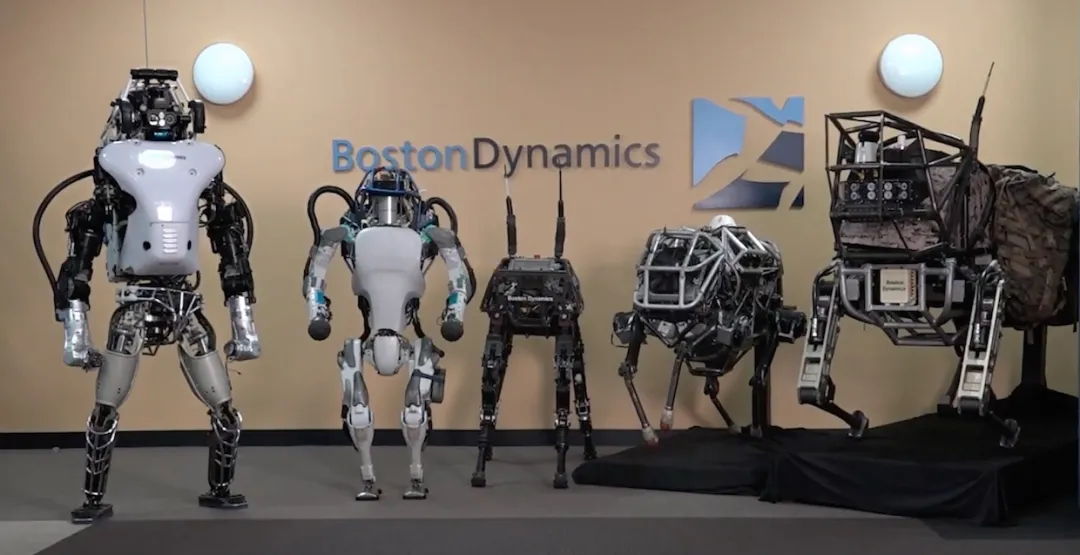
Any company that tries to enter the bionic robot field will inevitably be compared to Boston Dynamics. How do the products of the intelligent car manufacturers compare with the babies of the big brother? Or will these “new forces of robots” take a different approach?
Firstly, at the mechanical structure level, both Tesla Bot and Xiaomi CyberDog chose motor control instead of the hydraulic servo control used by Boston Dynamics (Marc Raibert, the founder of Boston Dynamics, has repeatedly mentioned that hydraulic mechanisms are seriously underestimated machine actuators in his speeches and presentations). It is expected that XPeng’s machine horse will also use motor control.
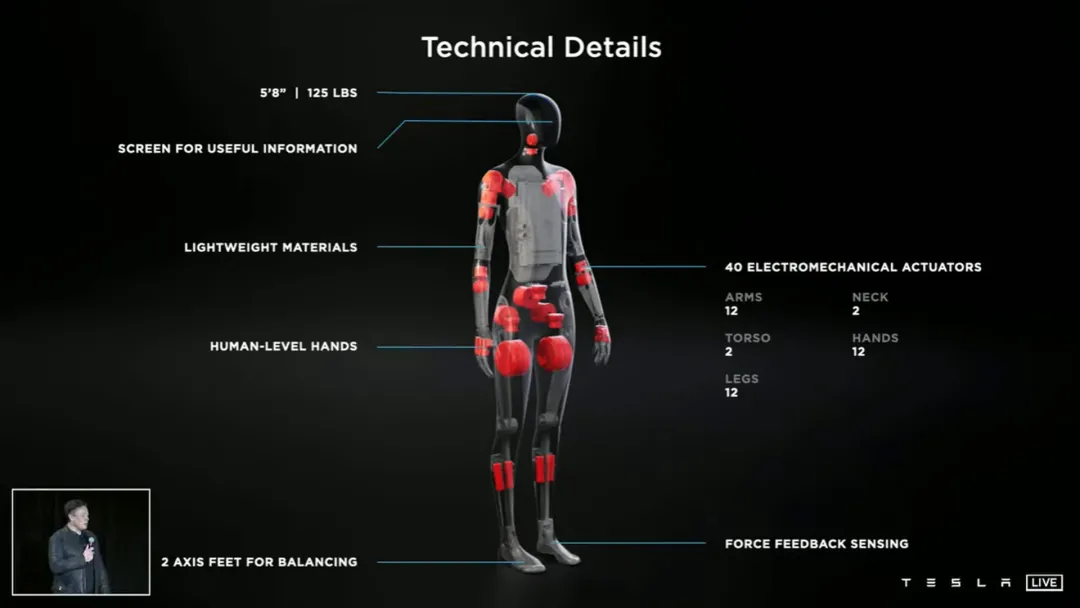 Hydraulic servo and electric motor are two completely opposite types of control actuators, with hydraulic servos having much more complex structures than electric motors. A hydraulic servo system consists of a power system and a feedback mechanism, including devices such as hydraulic pumps, pipelines, servo valves, and oil cylinders with position/pressure feedback, while an electric motor control system only requires a motor with a reducer and an encoder.
Hydraulic servo and electric motor are two completely opposite types of control actuators, with hydraulic servos having much more complex structures than electric motors. A hydraulic servo system consists of a power system and a feedback mechanism, including devices such as hydraulic pumps, pipelines, servo valves, and oil cylinders with position/pressure feedback, while an electric motor control system only requires a motor with a reducer and an encoder.
We can also feel the structural differences between the two systems from the comparison of the appearance of Boston Dynamics’ Atlas and Tesla Bot. Although Boston Dynamics has tried its best to simplify the pipelines and bury some of the wiring into the body, there are still exposed pipelines at the joints of Atlas, while Tesla Bot is much neater.
In terms of stability and cost, electric motor systems are also superior to hydraulic systems, but hydraulic servo systems have higher power density, which means that robots controlled by hydraulic servos have stronger motion capabilities, stronger force, and faster speed in the same volume.
More interestingly, Boston Dynamics and Tesla, XPeng, and Xiaomi are completely opposite in the application of artificial intelligence, or machine learning technology, which is currently popular in robots.
The process of human behavior can be simplified as seeing, brain judging, and limbs executing, or perception, decision, and execution.
Boston Dynamics focuses on “motion intelligence” as its core and continuously optimizes the motion intelligence control capabilities in specific scenarios such as walking, climbing stairs, avoiding obstacles, resisting impacts, and crossing terrain, emphasizing specialized and precise local capabilities, with machine learning more applied in the complex control layer.
In contrast, Tesla, XPeng and other new robotics forces are strong in “cognitive intelligence”, with end-to-end machine learning capabilities from perception to planning to control.
From mechanical structure to intelligent control, they are completely opposite. We can conclude that the new robotic forces will choose a commercial model different from that of Boston Dynamics in the future.
On Boston Dynamics’ official store, we can find an introduction to the SPOT quadruped robot:Built to be a rugged and customizable platform, Spot has a proven track record of supporting remote operation and autonomous sensing across a variety of industries, and is remarkably intuitive, enabling you to focus on the job you do best.
With its high integration, performance, and strength of 3D printed parts, and a staggering price tag of $74,500, Spot, with tags like “durability”, “customizability”, “multitude of industries”, and its “to B” attribute, aimed at high-risk industries such as military, firefighting, and aerospace, is an obvious choice.
In contrast, the 9,999 RMB price tag of Xiaomi’s CyberDog, Elon Musk’s statement on “mass manufacturing humanoid robots is essential to low cost”, and Xpeng Motors’ positioning of “the first smart transportation tool for Xpeng friends” all indicate that the new robotics forces are aiming for a broader and more ambitious “to C” market.
The same underlying capabilities
Focusing on the intelligent EV manufacturers themselves, it seems like a huge transition for car manufacturers to make bio-inspired robots, but the underlying capabilities of intelligent EVs and bio-inspired robots are actually quite similar.
Under the surging tide of intelligence and electrification, car manufacturers have accumulated considerable capabilities in AI perception-decision-control, intelligent cabin interaction, and drive systems such as motors and batteries.
AI perception-decision-control, intelligent interaction, drive systems, and the engineering and manufacturing capabilities that the automotive industry, this manufacturing crown jewel, already possesses are exactly the core technologies that bio-inspired robots need.For car companies, it is feasible to apply the technology accumulated in the field of intelligent mobility to the more imaginative field of bionic robots in terms of technology, even to the point of being a natural fit, as Elon Musk said at Tesla’s AI Day, “Tesla cars are already semi-sentient creatures with cameras, FSD chips, deep neural networks, and Dojo. Therefore, it makes sense to expand into the humanoid world.”
Similarly, in XPeng P7, we can find the same internal logic. It is widely known that XPeng Motors has the most outstanding intelligent label among the domestic new car companies, and the development of full-stack autonomous driving capabilities began early. At the same time, the level of XPeng P7’s voice assistant in in-car interaction has been recognized by the industry.
As for XPeng’s intelligent machine horse, the official description of its capabilities is as follows: “With multi-dimensional environmental perception, agile and stable motion, and intelligent emotional interaction capability.” Leaving aside the agile and stable capabilities, multi-dimensional environmental perception corresponds to the most important environmental perception capability in autonomous driving, and intelligent emotional interaction corresponds to the voice capability of the intelligent cockpit.
Although Xiaomi has not yet taken substantial action in the field of car-making, there is commonality in underlying technologies between smartphones and intelligent cockpits. According to 36Kr’s report, a Xiaomi executive said, “Most people who are now developing car systems are those who used to develop smartphones.”
In addition, the underlying technologies of smartphone image processing, environmental perception in autonomous driving, and differential GPS and IMU positioning technologies also have some commonality. The underlying technology of smartphones and intelligent cars, naturally, can also radiate to the field of bionic robots. In fact, Xiaomi Vice President Chang Cheng said on Weibo that Cyberdog was initially a small project that Xiaomi engineers collaborated on in their spare time, but was accidentally appreciated by Lei Jun before the project team was established and funding and resources were invested, and it officially entered the development phase.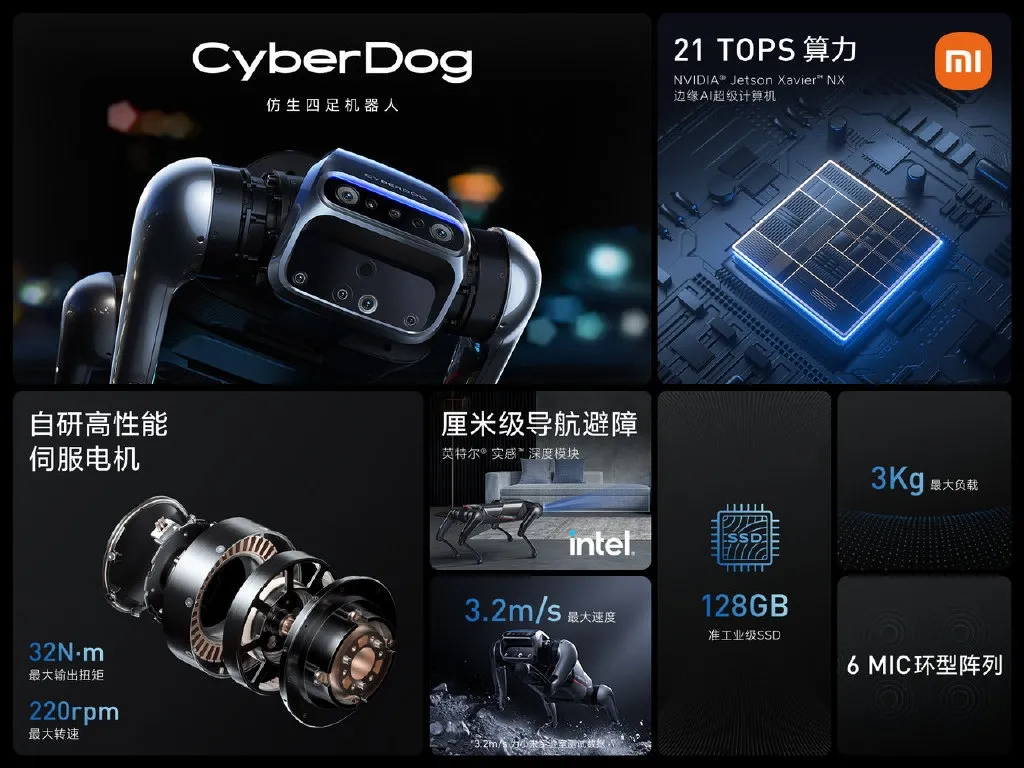
Possible the only extra capability that these smart electric car manufacturers may need in the future is control ability, because the relatively flexible limb movement of robots determines its emphasis on posture control, which is much simpler than that of cars. In the three main abilities of autonomous driving cars, the implementation difficulty of control is significantly lower than that of perception and decision-making.
Do they all have a bright future?
Besides the commonality of underlying technologies, the timing of Tesla’s launch of Tesla Bot is also worth pondering.
In 2020, Tesla delivered 499,550 vehicles worldwide. Although affected by the chip shortage, the internal delivery target of 1 million vehicles in 2021 will be discounted to some extent, but the chip shortage will eventually pass, and the Berlin and Texas factories will soon be put into operation. Tesla’s growth momentum will remain.
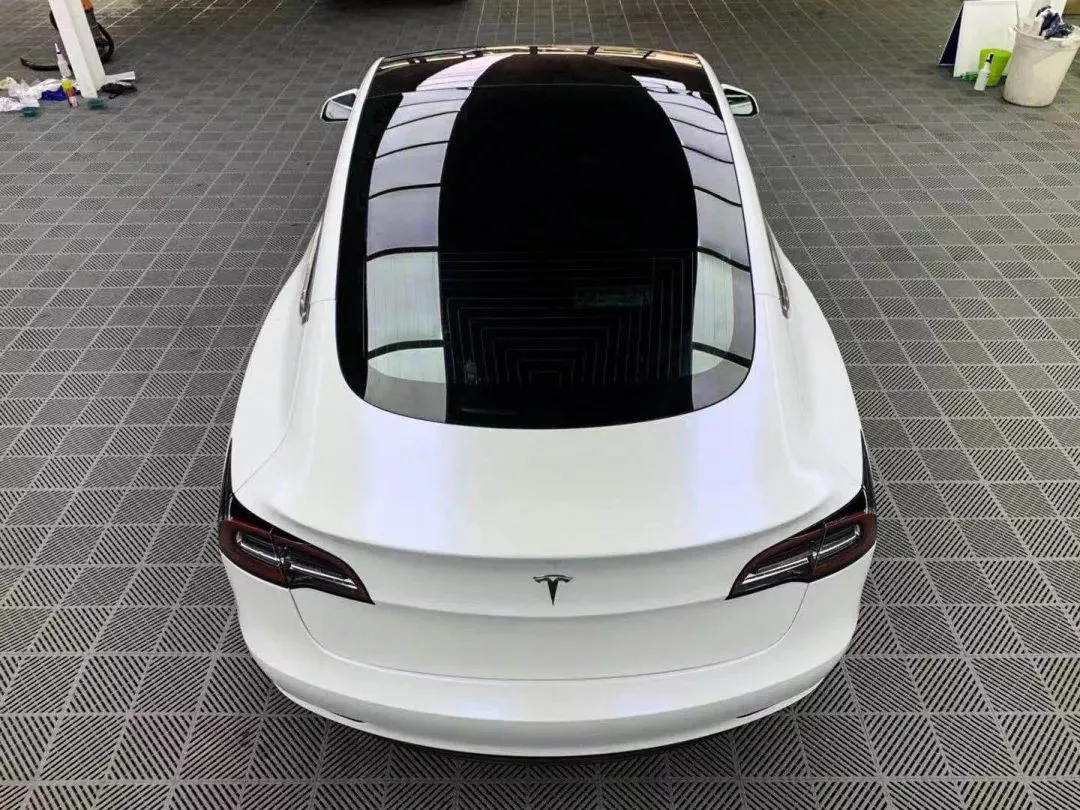
Driven by its electric vehicle business, Tesla will continue to be the world’s most valuable company. Like other companies, Tesla also faces the problem of finding a “second growth curve”.
We know that the development of an industry will go through four periods: initial stage, growth stage, peak, and decline. In order to achieve long-term development and avoid the decline period, enterprises need to carry out secondary innovation before the main business reaches maturity, and the focus of the enterprise will shift to the “second growth curve”, and the priority of new businesses will quickly catch up and surpass the main business.
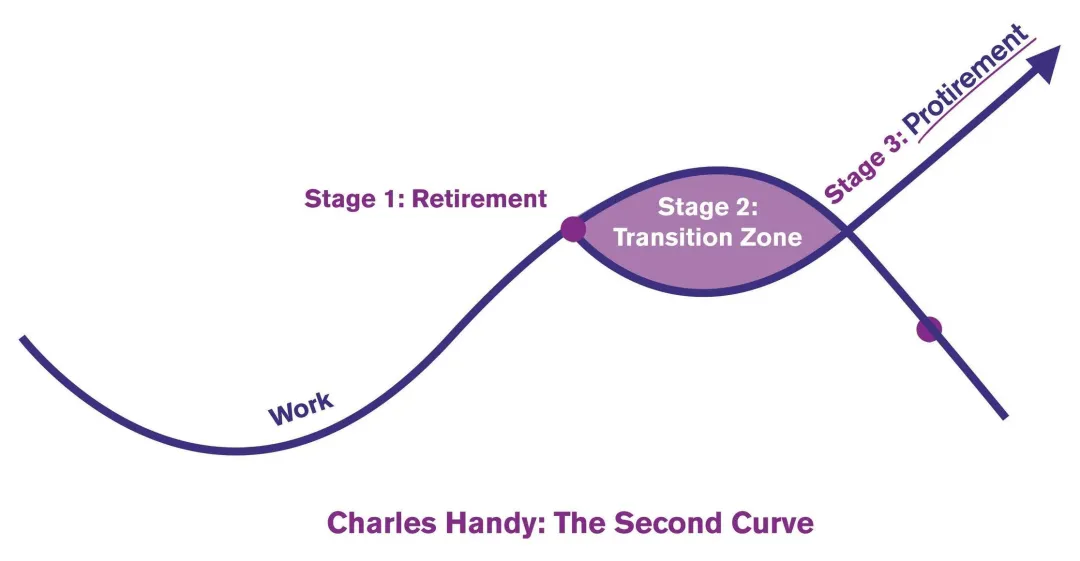
Tesla is now at this node. Its main electric vehicle business is in the growth stage before the peak period after passing the initial stage represented by the Model 3 production capacity hell, and a new business is the key point of Tesla’s corporate strategy.
Judging from Elon Musk’s attitude at AI Day (Tesla Bot was the only part of the event presided over by Elon Musk), Tesla seems to have entrusted the responsibility of the “second growth curve” to Tesla Bot.
Tesla Bot is like the 2004 Tesla Roadster, which was an excellent attempt at incubating the second curve.

So what about XPeng and Xiaomi? Although XPeng has entered the first echelon of domestic new car makers, its electric vehicle business is still in the initial stage and needs a dual listing in Hong Kong to raise development ammunition.## Xiaomi: From Smartphones to Bionic Robots
Despite Xiaomi’s ongoing push for second place in the global smartphone market, its phone business has reached its peak. After all, the global mobile industry’s overall landscape is clear, and bionic robots seem too far ahead. Besides, Xiaomi has already begun to build cars.
So why are they introducing bionic robots now? The answer is very simple: bionic robots are a promising industry.
The future is the era of artificial intelligence. China’s “New Generation Artificial Intelligence Development Plan” predicts that by 2030, China’s core artificial intelligence industry will exceed RMB 1 trillion, driving related industries to exceed RMB 10 trillion.
In the foreseeable future, healthcare and transportation are important commercial applications for artificial intelligence. However, when we stand higher and look further into the future, bionic robots will undoubtedly contribute more value in fields such as remote services, engineering, security, and medicine.
Masayoshi Son, Chairman of SoftBank Group, has a famous theory called the Singularity. He believes that as computer technology and life sciences develop, the critical point between artificial intelligence and the human brain is becoming the singularity of the present era. After artificial intelligence’s ability crosses this singularity, it will reach one million times the capability of the human brain by 2040.
Therefore, Son said, “In the next 30 years, without a doubt, our focus (at SoftBank) is on artificial intelligence, intelligent robots, and the Internet of Things.”
Capital, technology companies, and intelligent electric vehicle manufacturers are all accelerating their layout in the field of bionic robots. Neither Tesla, Xpeng, nor Xiaomi are willing to miss this opportunity era.
Naturally, Tesla, Xpeng, and Xiaomi have accumulated the corresponding underlying technological capabilities, and rightly flaunting their muscles will showcase more imaginative space to the capital market. Why not?
This article is a translation by ChatGPT of a Chinese report from 42HOW. If you have any questions about it, please email bd@42how.com.